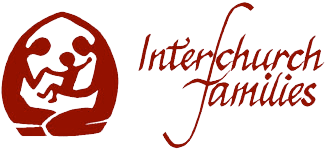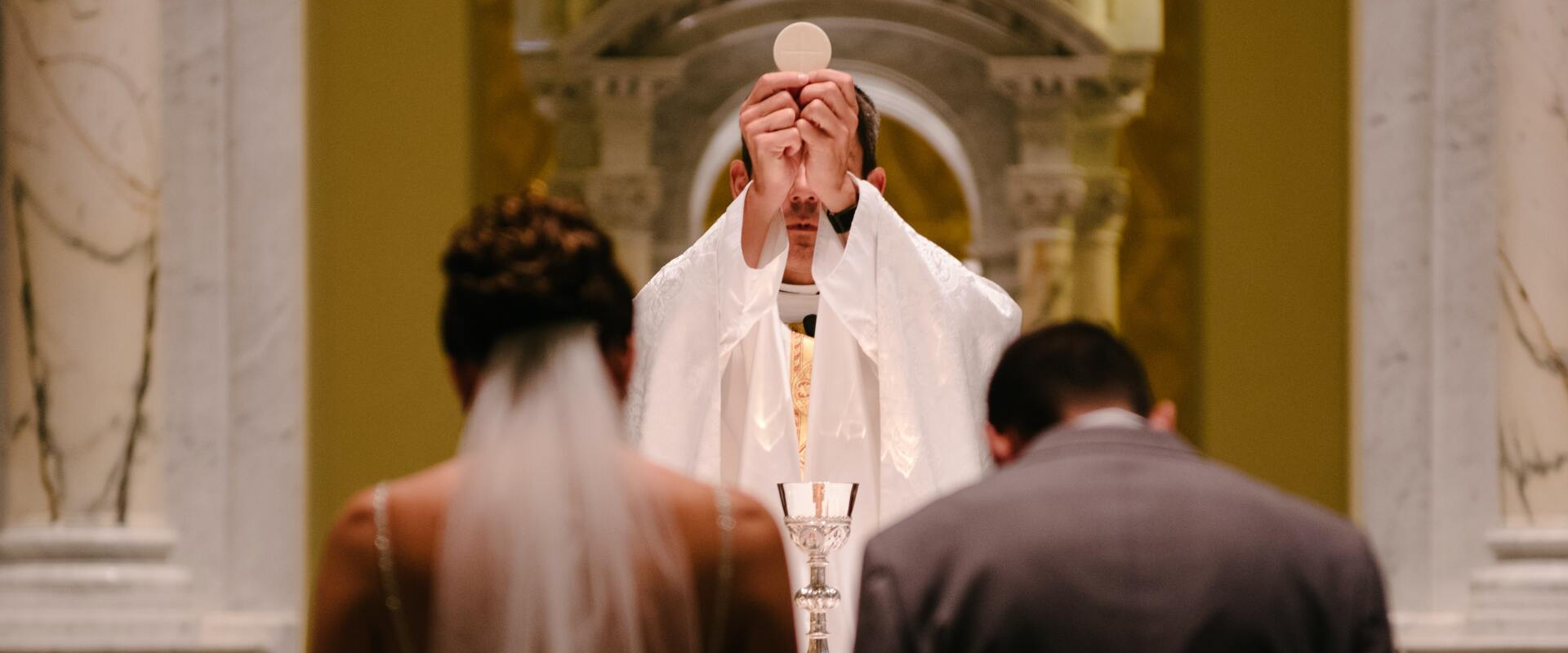"You live in your marriage the hopes and the difficulties of the path to Christian Unity."
Saint John Paul II
When the Association of Interchurch Families was formed in 1968 shortly after the Second Vatican Council and its Decree on Ecumenism, one of the desires of its founding members was to make the unity they had discovered in their own marriages fruitful in some way for the coming together of their two churches.
Their experience of lived unity and its significance for their churches was later summed-up in a statement from the 2003 World Gathering of Interchurch Families in Rome which still applies today, and which said:
‘We believe that, as interchurch families, we have a significant and unique contribution to make to our churches’ growth in visible Christian unity. Many people in our churches have told us that we are pioneers. As two baptised Christians who are members of two different, and as yet separated Christian traditions, we have come together in the covenant of marriage to form one Christian family. As we grow into that unity, we begin and continue to share in the life and worship of each other’s church communities. We develop a love and understanding not only of one another, but also of the churches that have given each of us our religious and spiritual identity. In this way interchurch families can become both a sign of unity and a means to grow towards unity. We believe that interchurch families can form a connective tissue helping in a small way to bring our churches together in the one Body of Christ.’
It is this connection with both churches that can lead interchurch partners to be ambassadors for their own tradition in their partner’s church where they can help to build up understanding and love between congregations.
When an interchurch family has an important celebration such as a wedding, baptism or dedication of a child, first communion, confirmation or profession of faith, or even a funeral, they often invite clergy and members of both congregations to join them.
By so doing they can help others to see the reality and joy of Christian unity in a way that no amount of reading or hearing about it can do.
Through living their marriages in two traditions, interchurch families are often motivated to share that experience and to be active in ecumenical organisations at all levels.
- In local Churches Together they can be found promoting prayer and study groups, and participating in joint mission and service in the community.
- AIF encourages interchurch families to work in formal ecumenical structures and is itself a Body in Association with Churches Together in England and with Churches Together in Britain and Ireland, where it plays a full part in their work. [link to Churches Together in England: Bodies in Association (cte.org.uk)]
- AIF’s members have served (and continue to do so) on local and regional ecumenical committees; as County Ecumenical Officers; and as members of bilateral groups such as English/Welsh ARC (the Anglican-Roman Catholic Commission) and the Methodist-Catholic Committee.
Above all, by their very existence as domestic churches which encompass two as-yet separated church communities, interchurch families embody Christian unity in their daily lives.
As such, they are a resource to their churches and most members are very happy to talk about how their love for each other has allowed them to follow a path of “unity through diversity” – not uniformity.





